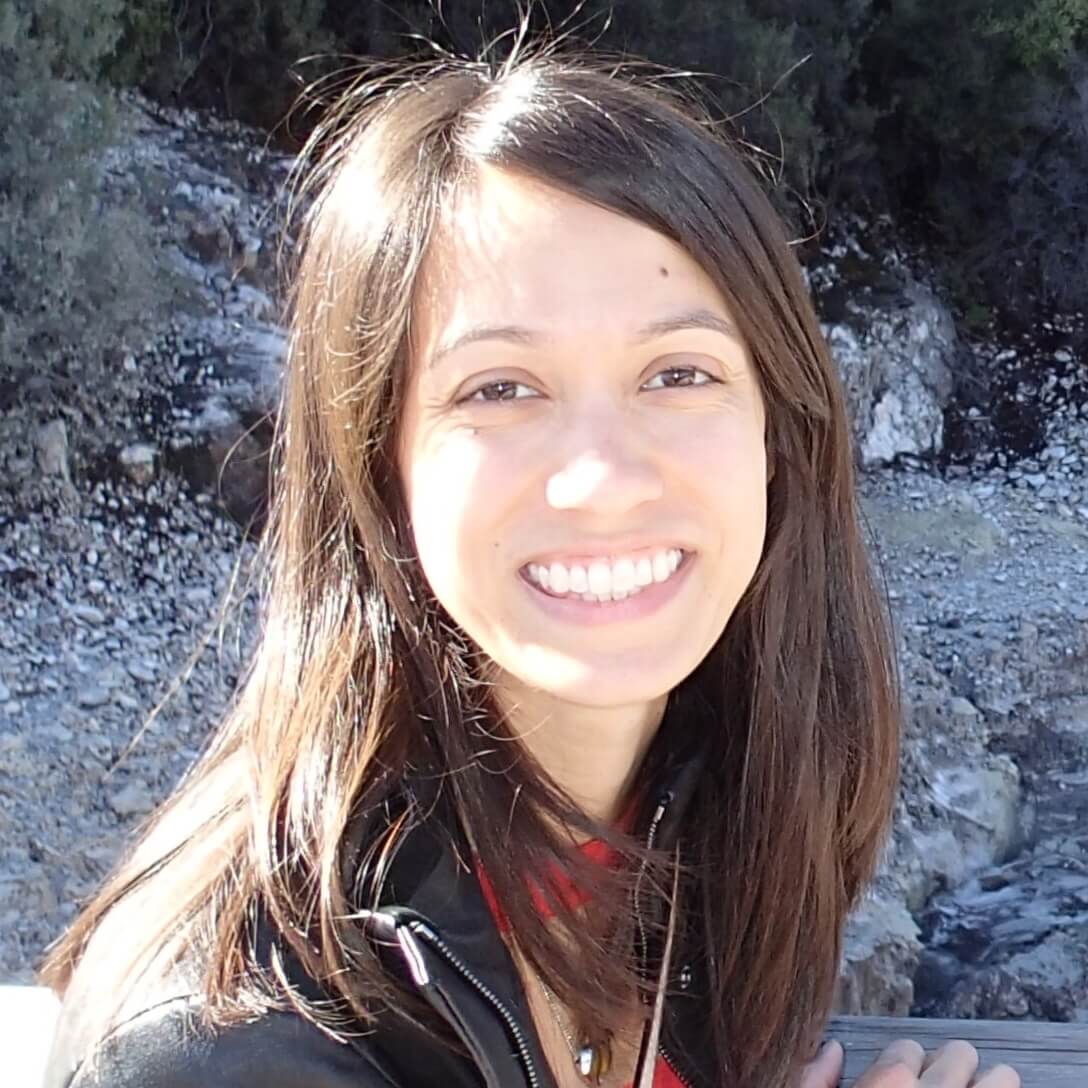Shifting the locus of control over learning isn’t like releasing doves to the wild. Thoughtful cultivation of learner agency has wide implications for everything…
Jenny Davis Poon, Fellow, Center for Innovation in Education
On a phone call with me last month, a school district administrator was describing their hybrid proposal for middle and high school learners. The reopening plan had the student bodies split into two cohorts who would rotate between being in-person and virtual during the course of the week. The virtual part of the plan intentionally mimicked conventional in-school instruction and was exhaustive in its “rules of engagement”:
- In-person classes will be live-streamed, and the 50% of students at home on a given day will be required to log on to the live-streams, period for period, all day.
- Attendance will be taken and docked if students sign on late or drop off before the end of class.
- For any in-class activities assigned by the teacher, the at-home cohort must timestamp their submissions before the end of the period.
- Video cameras must be on at all times, students must be seated at a desk or table, and their environment must be free from distractions.
As an advocate for learner-centered education, I urged the administrator that a “business as usual” approach would be both suboptimal for learning and exhausting for learners. The science of learning suggests that there are better ways to promote learning in a hybrid model—ways that encourage active participation and dialogue and that take advantage of self-paced, at-home time to customize learning experiences to the needs of each learner.
But, as the administrator explained, the district was poised to proceed with the plan for one primary reason: “The overwhelming feedback we’re getting from parents is that they want this, that their kids need more structure. They say their kids won’t get out of bed and won’t do the work otherwise.”
The central issue wasn’t about models or schedules. It was that learners (within a conventional system) had never been provided the support and trust needed to become agents in their own learning. Rather, the system they were in prioritized control and compliance. Without those mechanisms, parents and the district feared learners would take advantage of their newfound choice and opt out.
Related Reading: What Do You Mean When You Say “Student Agency”?
Research shows learner agency and its sub-skills are positively associated with both near-term outcomes in engagement, attendance, and school success; and longer-term educational, career, and health outcomes.
But, that research is not being applied within our conventional education system, which brings up an important point I want to emphasize for parents. If your kids won’t get out of bed to join Zoom on their own, or if getting them to complete assignments remotely is (as a fellow parent told me) “like pulling teeth,” it is neither a personal nor a parental failure. School policies and practices, not parenting styles, determine the extent to which learners develop ownership of their learning.
Long before COVID-19, conventional American school systems placed teachers and administrators squarely in control and insisted that “good students” follow directions. While these assumptions may not feature in today’s school mottos, they permeate decisions and behaviors.
Bell schedules, hall passes, dress codes, hair codes, and assigned seats: these ubiquitous rules are designed to impose order. Inside typical classrooms, teachers control the learning process and make nearly all decisions including what will be learned on that day, how it will be taught, how students should participate, when and how they will be assessed, and when they will move on to the next teacher-selected topic.
Related Reading: Why Are Classrooms the Only Place Learning “Counts”?
As parents and caregivers, we have come to expect our children to comply with top-down school rules, urging them to strive for external rewards, while avoiding sanctions. We accept this and counsel our children on how to conform. We do so in part because we believe structure and order are good, in part because we fear repercussions, and in part because we’ve never seen it any other way.
Why did the shift to remote learning cause so much disruption?
Remote learning wrenches the locus of control away from schools. Teachers become guests in learners’ living spaces, relying on learners and their families to establish learning spaces, access lessons, and complete work. Educators who try to impose pre-pandemic levels of control over the learning environment risk implementing rules to controversial extremes, like forbidding comfortable clothing, policing snacking, and threatening learners with a zero if they don’t turn on their videos or want to conceal their private living spaces with a virtual background.
Top-down control of the learning process has always been suboptimal. In-person, teacher-driven instruction creates passive learners less concerned with learning and skill development than with jumping hurdles to get a grade. And, in a remote context, without physical proximity or a “social and physical setting to reinforce academic progress,” educators have even fewer tools (besides grades) to compel learner engagement.
That’s one reason why many schools saw assignment completion plummet when they froze grades or switched to pass/fail grading at the start of the pandemic. When the only incentive for learning is a letter of the alphabet, and that incentive is removed, young people opt-out.
What would be different if, instead, we believe that our learners can become self-motivated to learn, even remotely, without requiring external coercion? What if schools committed to developing learner agency, rather than doubling-down on rules and sanctions to force compliance? What if we believed there are ways to share control with learners without devolving into chaos?
Shifting the locus of control to learners
In my career, I’ve come to know school systems across the country that elevate learner agency as an essential outcome for every student. They invest in inclusive, trusting relationships with students and then explicitly and proactively support students to develop their own agency. They provide authentic opportunities for learners to practice agency and ample space for teacher feedback, peer-to-peer feedback, and self-assessment.
Now in the middle of a pandemic, these investments are paying off in greater engagement and more powerful learning, like that reported in Shelbyville (KY), Chicago and Detroit, Rancho Cucamonga (CA), and in Education Reimagined’s #BuiltForThis series.
Shifting the locus of control over learning isn’t like releasing doves to the wild. Thoughtful cultivation of learner agency has wide implications for everything—how school schedules are structured (think advisories, self-paced work time, and student-led conferences), how students interact inside and outside class (think collaboration, peer feedback, and community-based learning), how learning is assessed and credentialed (think competency-based models, student-led assessment, and exhibitions), and how educators are professionally developed and supported (as the need for skills such as building relationships, constructivist pedagogies, formative assessment and more are heightened), to name a few.
Related Reading: Capitalizing on the Natural Structures of Freedom
This doesn’t sound at all like your school, you say? Have hope. The throes of uncertainty are precisely the right place to begin asking questions that lead to transformation. Even as the semester unfolds, we can engage school leadership, educators, and fellow parents in wondering how we might design differently with a goal of learner agency, not coercion.
As English teacher, Rocky Bragg, asks colleagues, “What does the power dynamic look like in your classroom and how comfortable and in what capacity are you willing to share that power with your students? Everyone can implement this at one level or another. Dip your toes in the water and let the rest of the process warm up to you.”
For example, instead of handing down a restrictive list of remote classroom rules, might school leadership establish broad principles for remote learning (such as mutual respect, active and engaged learning, or freedom to focus) and then allow each class or cohort of students to collaboratively decide on norms that they self-govern? Baby steps.
Lastly, it can’t be left to individual teachers to promote learner agency. To truly reach and serve all learners, school systems’ pandemic learning plans must acknowledge, explicitly support, and leverage each learners’ agency to co-regulate their learning—and must do so with continuous focus on ensuring such efforts are culturally responsive and equitable. Policies and practices that instead double-down on external coercion gravely misread the moment, and the opportunity. And parents: let’s start demanding more of this from our schools, too.
When we operate with the belief that our learners can be powerful agents in their own learning, we prioritize developing these skills and providing authentic opportunities for them to “hold the wheel.” The more these opportunities are offered, the more we will discover young people are able to drive their learning to places we never imagined were possible. Let’s ride with them and see what we discover.

